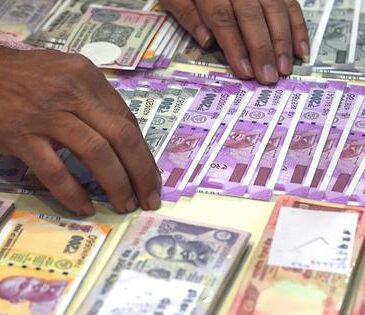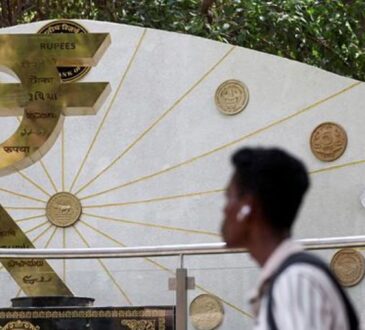A recent surge in global oil prices, driven by geopolitical tensions in the Middle East, has increased pressure on Asian currencies, with analysts warning of heightened downside risks for the Thai baht, Korean won, and Taiwan dollar.
According to a note by Barclays Plc, the upward momentum in oil is beginning to weigh heavily on the region’s largely oil-importing economies.
In a report released Tuesday, Barclays’ Fixed Income, Currencies and Commodities (FICC) Research team said that a sharp escalation in the Israel-Iran conflict could worsen the outlook further.
Barclays flags downside for baht, won, and Taiwan dollar
The rise in oil price “implies risks for most Asian FX in the near term, especially if oil prices move even higher in the event of a potential escalation in the conflict,” analysts, including Brian Tan, wrote in a note to clients on Tuesday.
“Asian currencies generally weaken when oil prices rise due to an oil supply shock reflecting the negative economic hit and impact on current account balances,” the analysts said.
Brent crude has risen roughly 16% so far this month, trading between $70 and $75 per barrel, up from the $65 range.
Barclays estimates that Thailand, Korea, and Taiwan are among the most exposed economies to such a price rise.
In foreign exchange markets, the Taiwan dollar edged 0.1% lower to 29.45, the Thai baht lost 0.2% to 32.51, and the Korean won slipped 0.3% to 1,363.52 against the US dollar.
Currency intervention and limited upside for the Taiwan dollar
A Taiwan-based forex trader told Reuters that the country’s central bank has intervened to cap the Taiwan dollar’s gains, keeping it around the 29.5 mark.
Despite strong foreign capital inflows, appreciation was constrained by the resurgence of the US dollar and a weaker Korean won.
The Korean and Thai currencies both depreciated further on Tuesday as the oil rally deepened, reflecting investor anxiety over mounting import bills and potential capital outflows.
Middle East tensions drive oil rally, threaten trade routes
Hostilities between Israel and Iran have spooked energy markets, particularly over fears that Tehran could disrupt shipping through the Strait of Hormuz — a chokepoint for nearly 20% of the world’s oil supply.
While Iran signalled interest in a ceasefire mediated by US President Donald Trump, broader risk-off sentiment returned after Trump called for an evacuation of Tehran and summoned the National Security Council.
Oil prices rose, pressuring regional currencies as most Asian economies, except Malaysia, import the bulk of their oil requirement, and an increase in prices weighs on current account deficits.
Barclays noted that while sovereign bonds in Singapore and South Korea may initially weather the shock, a sharper and prolonged rise in crude could eventually jolt regional rates markets out of their current complacency.
Oil rising above $85/bbl, strengthening dollar may delay rate cuts
“If oil rises above $85/bbl in a sustained manner and if the dollar strengthens, rate cuts may potentially be delayed… as the oil burden rises to above trend, it would further dampen Asia’s growth outlook, which is expected to moderate due to trade tensions,” analysts at Morgan Stanley said.
In the region, Thailand, Korea, Taiwan, and India would be relatively more exposed to growth downside due to their wider oil and gas balances, they added.
With oil poised to remain a key swing factor, the months ahead may test the resilience of Asian currencies in ways reminiscent of previous commodity-driven cycles.




